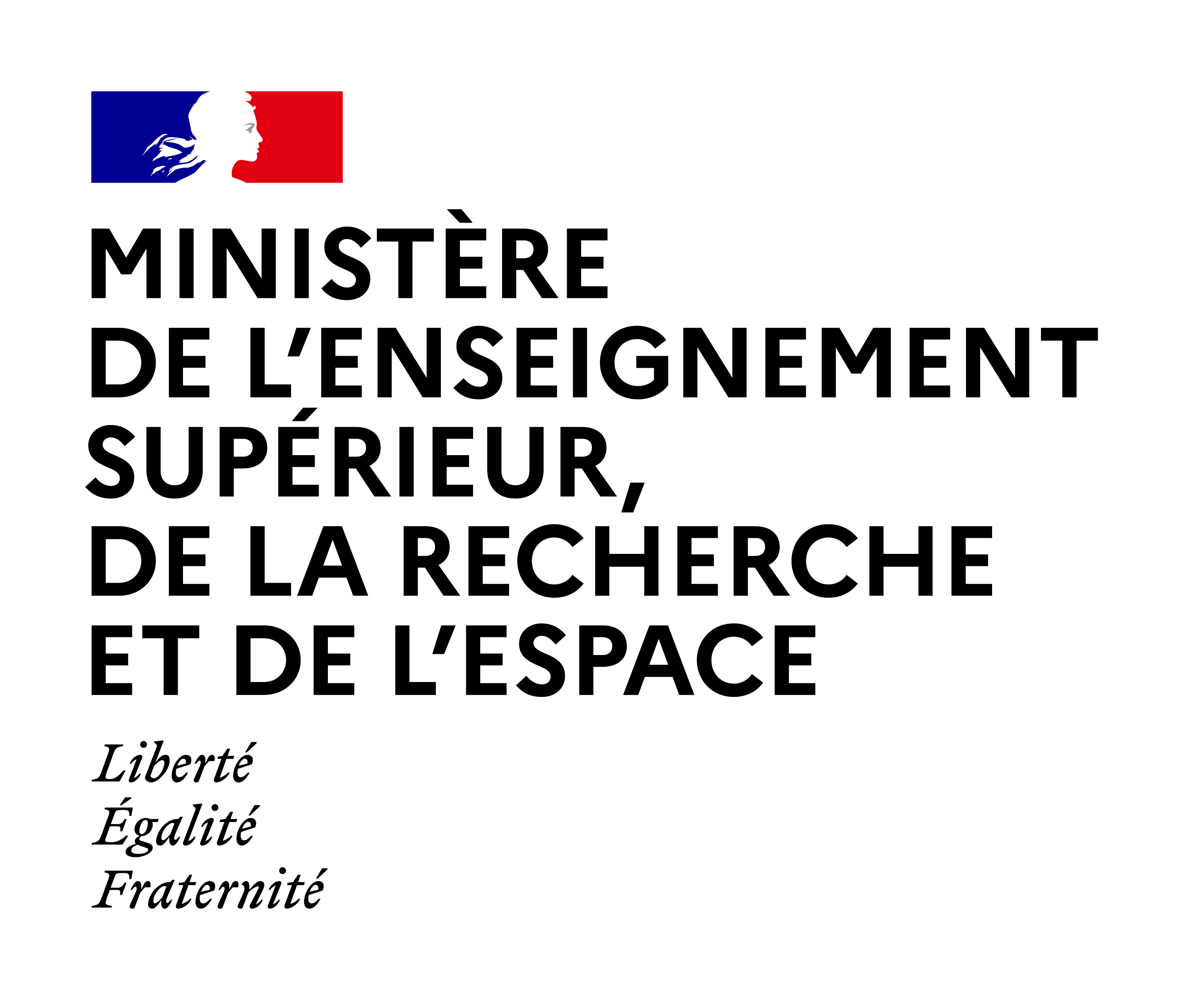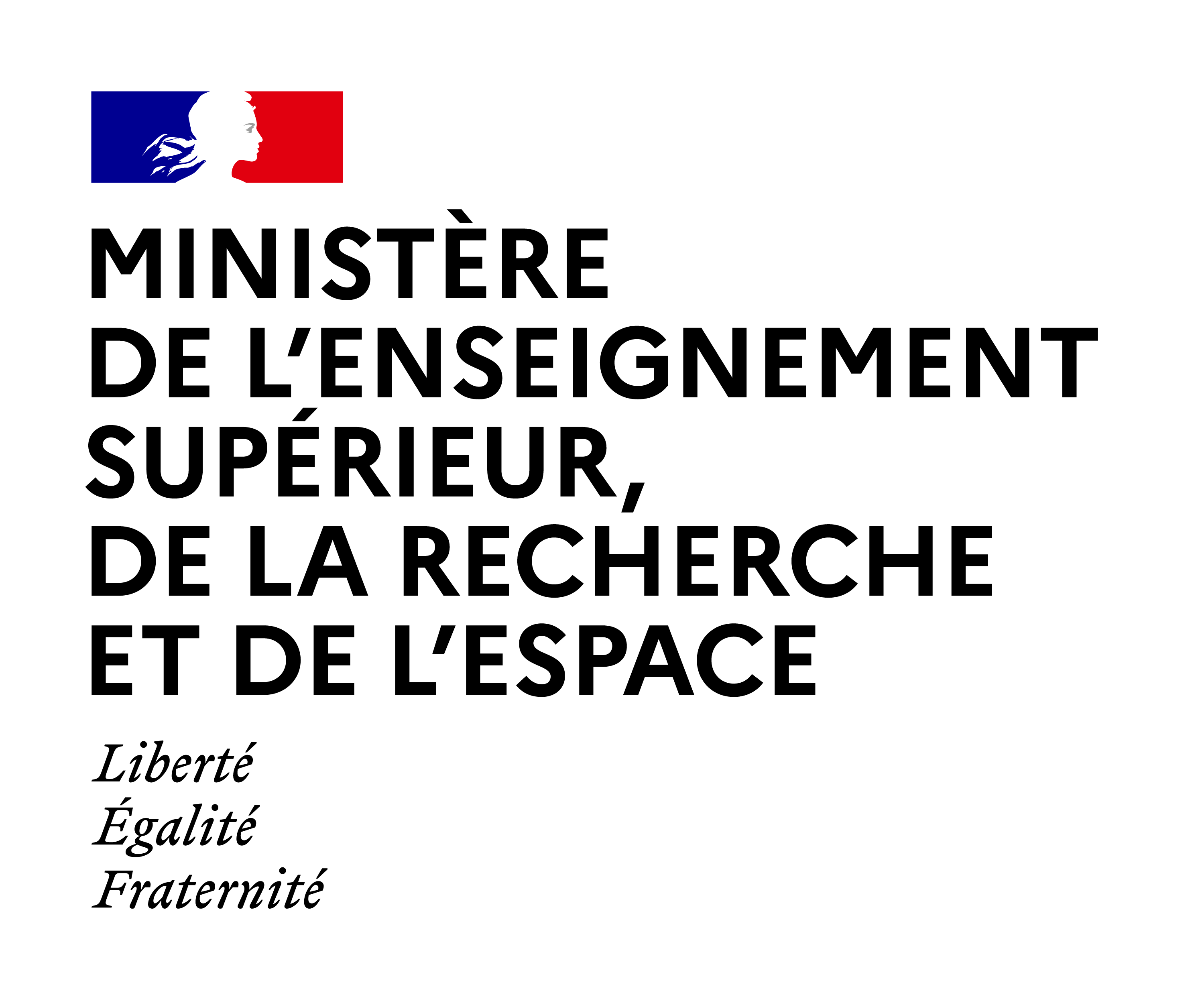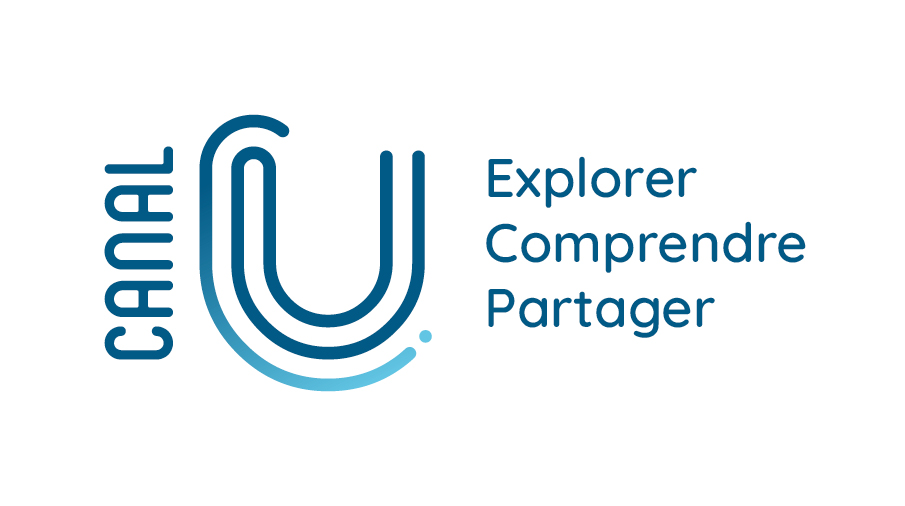
Sommaire
Mountain anthropization in Alps : a multidisciplinary look in the Pygmalion program / F. Arnaud
Date de création :
09.10.2009Auteur(s) :
Fabien ARNAUDPrésentation
Informations pratiques
Droits réservés à l'éditeur et aux auteurs. Tous droits réservés à l'Université Toulouse II-Le Mirail et aux auteurs.
Description de la ressource
Résumé
Mountain anthropization in Alps : a multidisciplinary look in the framework of Pygmalion research program. Fabien ARNAUD. In "La construction des territoires montagnards : exploitation des ressources et mobilité des pratiques", 2e International Workshop on archaeology of european mountain landscape, organisé par les laboratoires GEODE, FRAMESPA, GEOLAB et Chrono-Environnement. Université Toulouse 2-Le Mirail, 8-11 octobre 2009. [seconde journée] Pygmalion (PaleohYdrology and huMAn-cLimate-envIronment interactiONs in the Alps) is a multidisciplinary research program funded by ANR that aims to a reconstruction of climate evolution and human impact on the environment, in an area restricted to the northern part of the French Alps and the related forelands. Underlying objective is to improve our understanding of the natural climatic variability during the Holocene in continental contexts, and although of how societies adapted to these variations. Several study « windows » were chosen from plain area in the lower Dauphiné to th highest mountain in Mont Blanc massive. In this communication, we are going focus on the area including Arve and Giffre valleys (Savoie), which reaches approximately 2300 m at its higher point. Except mineral cliffs surrounding Anterne mountain, the whole massif is located in the subalpine vegetation belt, and represents the western boundary of larch and arolla pine forests. Nevertheless, present day vegetation is mainly asylvatic, and woody formations are limited to expanding green alder thickets and rhododendron heaths, in spite of the presence of scarce larches and spruces growing on unreachable cliffs. Unless the landscape is obviously deeply anthropized, the history of the relationship between societies and their environment haven’t been much studied in the area. Pygmalion program is an opportunity for crossing the data from various disciplines from natural and human sciences (archaeology, history, palaeobotany, geosciences). The results obtained after only one year of work through palynology, sedimentology, plant macro-remains analysis and archaeology are convergent and identify key-phases of landscape evolution. Impacts of human activities on the vegetation as well as on erosion are recorded as early as the end of the Neolithic period. The decline of woody vegetation is continuous all along Protohistory to the benefit of alder thickets. Several badly preserved stone structures that evoke folds and shepherd shelters seem to be linked to pastoral practises. According to field observation, they could date back to Protohistory or even to the end of the Neolithic, but this still have to be confirmed by 14C data (forthcoming).Finally, the dramatic decline of trees really began during the Roman period, which seems to be also the date of arolla pine local extinction. The corollary of that gradual deforestation is slopes destabilization which makes them more sensitive to climate-driven erosive phenomena.
"Domaine(s)" et indice(s) Dewey
- Archéologie et préhistoire (930.1)
Domaine(s)
- Histoire, Histoire de l'art, Archéologie
Intervenants, édition et diffusion
Intervenants
Édition
- Université Toulouse II-Le Mirail
Diffusion
Document(s) annexe(s)
- Cette ressource fait partie de
Fiche technique
- LOMv1.0
- LOMFRv1.0
- Voir la fiche XML




